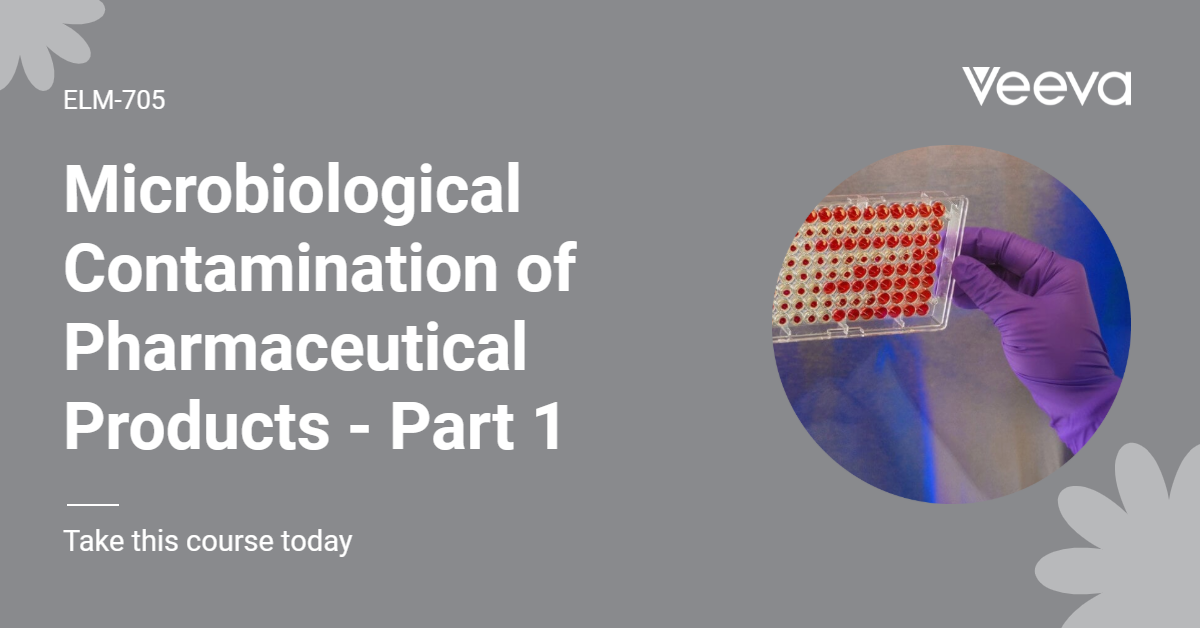Microbial contamination is defined as “deterioration of pharmaceutical products by the contaminant microbes”.
The contaminating microorganisms may cause spoilage of the product with loss of its therapeutic properties and, if they are pathogenic, serious infections can arise.
Sources of Microbial Contaminants
Microorganisms can gain entry into a production process stream from several sources.
This diagram includes sources for:
- Facilities
- Equipment
- Processes
- Materials
- Utilities
- Personnel
Factors Affecting Microbial Spoilage of Pharmaceutical Products
There are many factors affecting microbial spoilage of pharmaceutical products.
There are many factors affecting microbial spoilage of pharmaceutical products.
These include:
- Nutritional Factors
- Water
- Storage Temperature
- pH
- Package Design
Nutritional Factors
Microorganisms utilize many formulation components as substrates for biosynthesis & growth.
Water
It is the most important cause of the survival and growth of micro-organisms.
Storage Temperature
Spoilage of pharmaceuticals could occur potentially over the range of about 20°C to 60°C, although it is much less likely at the extremes.
pH
Micro-organisms grow at neutral pH, therefore acidic or alkaline formulations are less susceptible to spoilage.
Packaging Design
It can have a major influence on microbial stability of some formulations in controlling the access of contaminants during both storage and use.
Other factors affecting microbial spoilage of pharmaceutical products include:
- Relative Humidity
- Oxygen Availability
- Osmotic Pressure
- Oxidation-Reduction Balance
- Surface Tension





